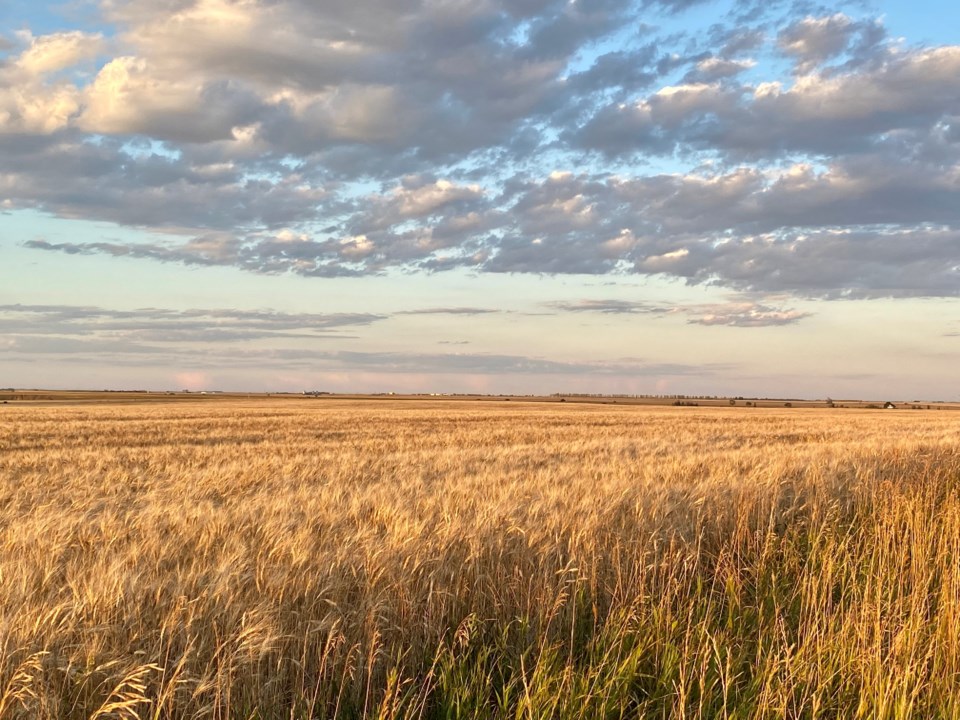Nationally, farmland values increased by an average of 3.8% in the first six months of 2021. According to Farm Credit Canada's mid-year farmland values report, the report also revealed a 6.1% national gain in average farmland values year over year compared to last summer.
During the first half of 2021, the most significant increases were in Ontario (11.5%), British Columbia (8.8%), and Quebec (8.1%). The remaining provinces recorded increases of less than 5% in the first six months.
Saskatchewan specifically saw a 3.5 % average gain within the last 12 months and a 1.8% increase within the previous six months; this reflects the lowest rise in 15 years. The last time the province saw an increase of less than 5% over 12 months was in 2006.
Provincial figures show a mixed trend, with values increasing in eastern regions but remaining stable in the western areas. Dry weather has blighted the west for an extended period.
Both Manitoba and Alberta saw much higher year-over-year increases, with Manitoba projecting a 6.3% increase and Alberta seeing a 5.6% increase.
In contrast, last year, 2020 values reflected Saskatchewan's 6.2 percent increase in the value of farmland, which was the 5th highest provincial gain the previous year.
Farmland values in southwestern Saskatchewan now range from $900-$3200 an acre, with average prices reflected at $2000 per acre of farmland. Northwest, Northeast, and West-Central regions continue to drive up the provincial average, with sale prices seen as high as $4500 an acre in the West-Central region.
Nationally though, drought in Western Canada and slow economic recovery in late 2020 did not dampen farmland demand and increase land prices. Commodity prices combined with low-interest rates still encouraged high growth in the price of Canada's farmland.
"Receipts for grain, oilseed, and pulse producers in the last six months of 2020 were 28.0% higher than for the same period in 2019. This trend continued in the first six months of 2021, with receipts being 22.6% higher than a year ago," states the report.
British Columbia continues to drive the high national average prices, with the Kootenay region having seen an incredible 28.1% increase in farmland price in 2020. Prices in British Columbia also went up to $156,300 per acre of farmland in the South Coast region.
The in-depth annual report, which will reflect all land increases by region will be released in April, and will reflect the 2021 year as a whole.




